HR Analytics
August 11, 2023
Anonymous or Confidential? The Delicate Art of Employee Surveys
In the boardrooms of yesterday, anonymous surveys were hailed as the gold standard.
The logic was clear: shield an employee's identity and they'll provide unfiltered insights into the heart of a company's operations.
While the intention was commendable, the results often fell short of expectations. As businesses look toward the future, seeking deeper connections with their workforce and actionable insights, they find themselves at a crossroads of a significant paradigm shift.
No longer is anonymity the cherished mechanism it once was. Today, the spotlight shines brightly on a more nuanced, impactful method: confidential surveys.
The Difference Matters: Anonymous vs. Confidential
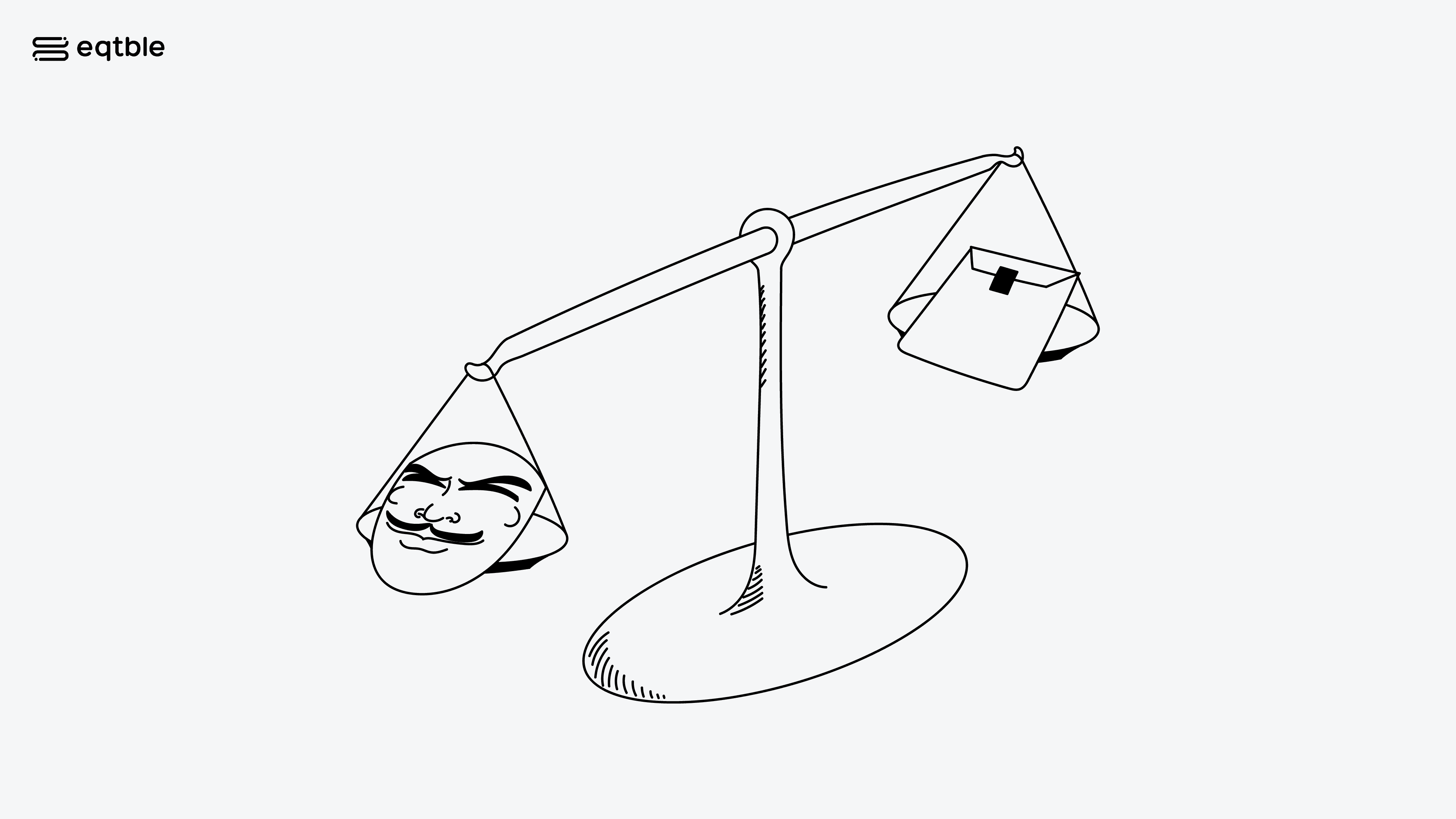
At a cursory glance, the distinction between anonymity and confidentiality may appear trivial. However, for organizations seeking a genuine understanding of their workforce's pulse, this difference is monumental.
Anonymity hides the identity of survey respondents. While it promises protection, it also erects barriers, making it almost impossible to engage in follow-up discussions or delve deeper into specific concerns.
Anonymous feedback can occasionally feel like voices echoing in a vast chamber – clear, yet directionless. Organizations might be inundated with feedback, but without the ability to attribute insights to specific departments, roles, or contexts, actionable pathways become obscured.
Confidentiality, on the other hand, strikes a compelling balance between protection and context. Yes, an organization knows who responded, but there's a promise, often contractual, that individual feedback won't be used maliciously or lead to direct repercussions.
With this method, feedback carries context.
If a particular department highlights consistent concerns, leadership can take tailored action. Similarly, if an emerging leader provides feedback, the organization can understand it within the broader perspective of their experiences and trajectory.
Confidential surveys don’t just collect feedback; they offer a multidimensional understanding of it.
In essence, while anonymity offers a shield, confidentiality offers a bridge – a bridge that fosters trust, encourages genuine feedback, and paves the way for actionable growth.
Roxanne M. Laczo, PhD, is an innovative and influential leader who has spent over two decades designing and implementing talent programs for both high-growth and multinational organizations, championing the use of data to drive strategic decision-making globally. Here's her perspective on anonymous and confidential surveys.
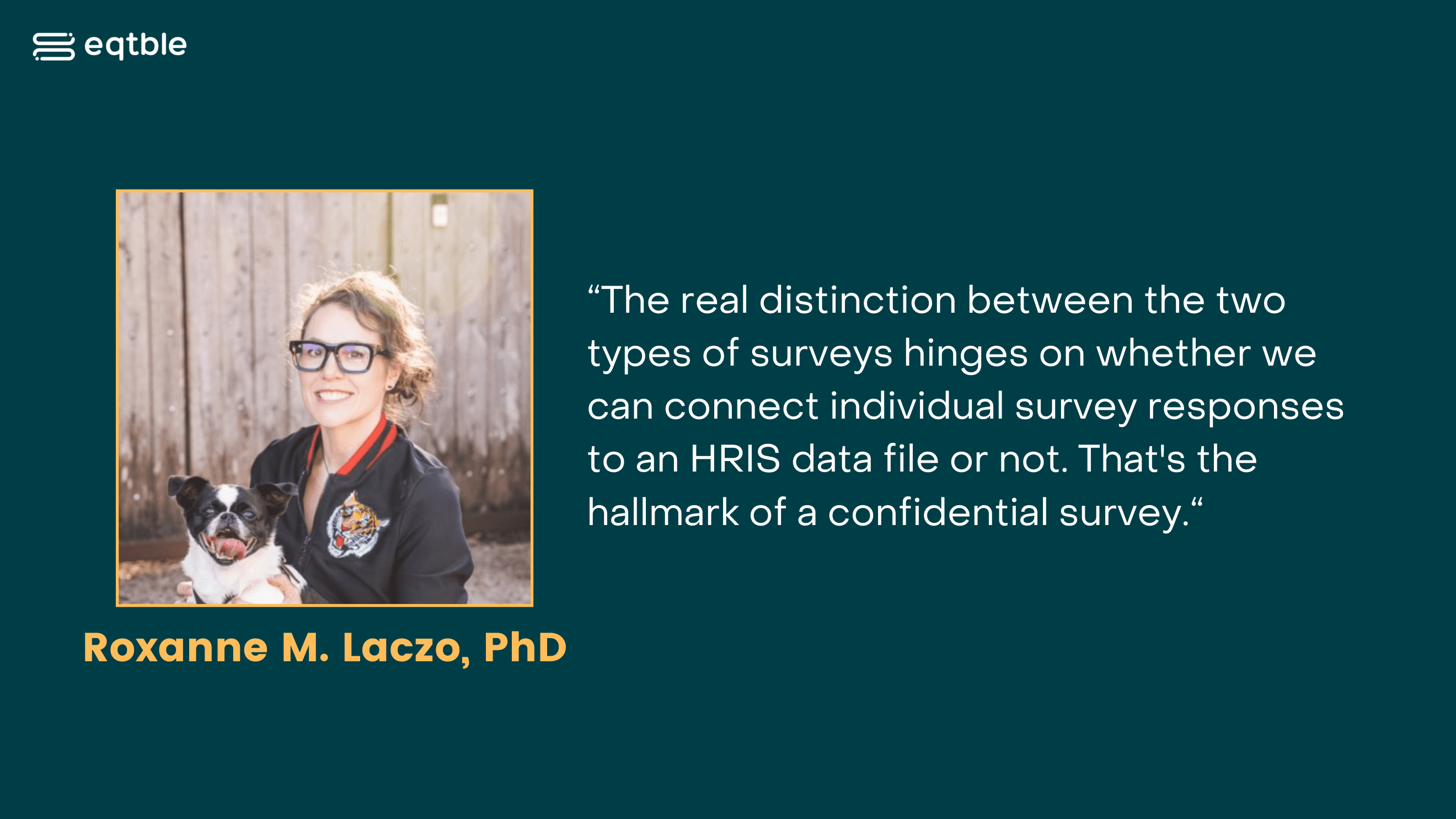
… However, there's still room for anonymous surveys. They can be valuable too, especially when you're aiming for a quick overview or feedback about something specific like a new office policy. They give you a good pulse check.
The essence here is this: anonymous surveys won't give you the granularity that confidential surveys will. But, if you need just a snapshot or if there are constraints, they do the job.
So, in the big picture of people analytics, it's not a one-size-fits-all. Both types have their use cases, and the key is picking the right tool for the situation.
Breaking it down further, the real distinction between the two types of surveys hinges on whether we can connect individual survey responses to an HRIS data file or not. That's the hallmark of a confidential survey.
Now, an anonymous survey? It’s a different ballgame.
There's no direct linkage to specifics about the individual respondent. However, you can still fish for broad demographic insights by asking a handful of demographic questions on the survey — Questions like which team they’re a part of, or which office they clock into. It paints a more general picture. If you’re after high-level insights without the intent to trace trends over extended periods, then an anonymous survey is your go-to.
The Invisible Fears: Navigating the Tightrope of Anonymous vs. Confidential Surveys
Roxanne M. Laczo, PhD: " There is also that fear of retribution for some people… someone's going to be like, well Roxanne, I already know you're the problem child... And now you just did this to me on a survey… ”

Retribution: The Unspoken Anxiety
For many employees, surveys aren’t just tools for feedback—they’re potential minefields. Behind the veneer of 'confidentiality,' there often lurks the fear of being singled out. Especially in smaller teams, where responses can be more easily attributable, the anxiety is palpable. Leaders might think, “Who gave that unfavorable response?” and employees fear becoming the unintentional spotlight.
Deciphering the Nuances: Anonymous vs. Confidential
Though seemingly interchangeable, there's a thin line between anonymity and confidentiality. Anonymity promises complete concealment of identity. Confidentiality on the other hand, means that while individual responses are kept private and not disclosed, they can also be tied to HRIS data for the purposes of looking at group-level trends. Employees, aware of these nuances, may hesitate to voice genuine concerns in a 'confidential' survey due to potential risks, but might be more open in an 'anonymous' one.
The Importance of Training Leaders for Constructive Conversations
Without the right training, even well-intentioned leaders can misstep when it comes to addressing survey feedback. Instead of fostering an environment of open dialogue and resolution, it can inadvertently lead to employees feeling cornered. To remedy this, organizations need to invest in educating leaders on how to approach and utilize feedback without resorting to a blame game.
The Power of Psychological Safety
The success of any feedback mechanism isn’t solely rooted in the process itself but in the environment surrounding it. A culture of psychological safety, where employees feel secure to express concerns without fear of backlash, is pivotal. This security ensures feedback is genuine, unfiltered, and ultimately more beneficial for the organization.
The Impact of Past Experiences: Why Some Employees Shun Feedback Surveys
Roxanne M. Laczo, PhD: " I've seen comments in some of the organizations I've worked for — it's like nothing ever happened after the last survey. Why would I expect something to happen after this survey? ”
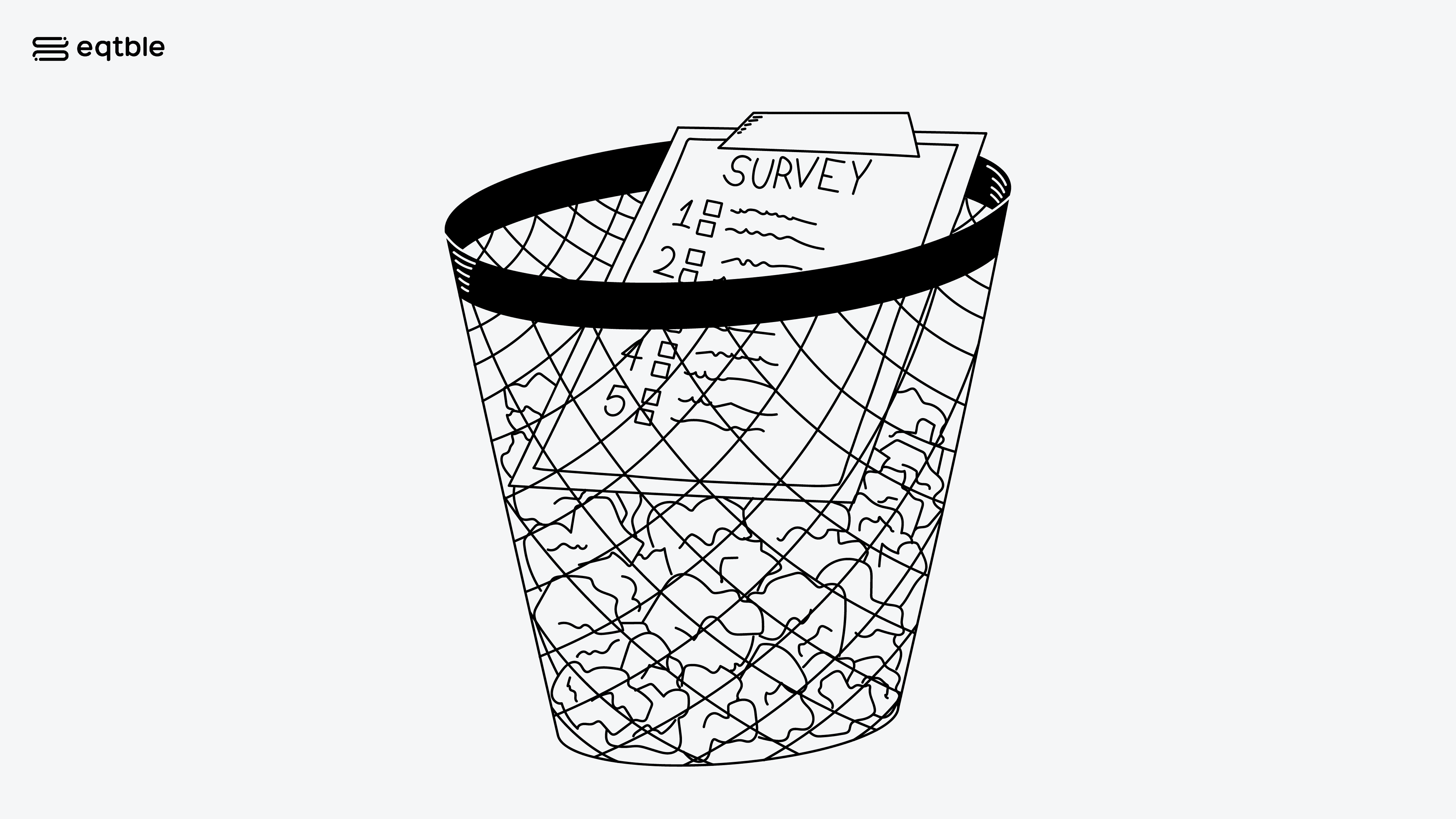
The Weight of Past Disappointments
When employees repeatedly witness a lack of action following their feedback, a shadow of skepticism sets in. The sentiment isn’t isolated to a single organization. Roxanne recounts encountering this sentiment across multiple workplaces. This shared experience across organizations paints a picture of a larger systemic issue. It's not just about non-participation; it's an expression of disappointment and disillusionment.
"If the past survey didn't lead to action, how can I trust this one will be different?"
"Why should I believe my feedback will matter this time around?"
"How can I be assured that this survey won't be just another ignored feedback?"
The Cumulative Impact on Organizational Health
Past experiences with feedback mechanisms have a lingering impact. They shape perceptions, influence participation rates, and affect overall trust in organizational processes. For organizations to reverse this trend, they must recognize the weight of past disappointments and actively work towards rebuilding lost credibility. Only then can they truly harness the power of employee feedback to drive meaningful change.
Lost in Communication: The Missteps of Survey Distribution and Engagement
Roxanne M. Laczo, PhD: " You have to communicate about the survey. You have to make sure that leaders are communicating about it. You get like tons and tons of emails a day and you get a link to take a survey. You'd be like, I don't know what this is. I'm just going to move on. "
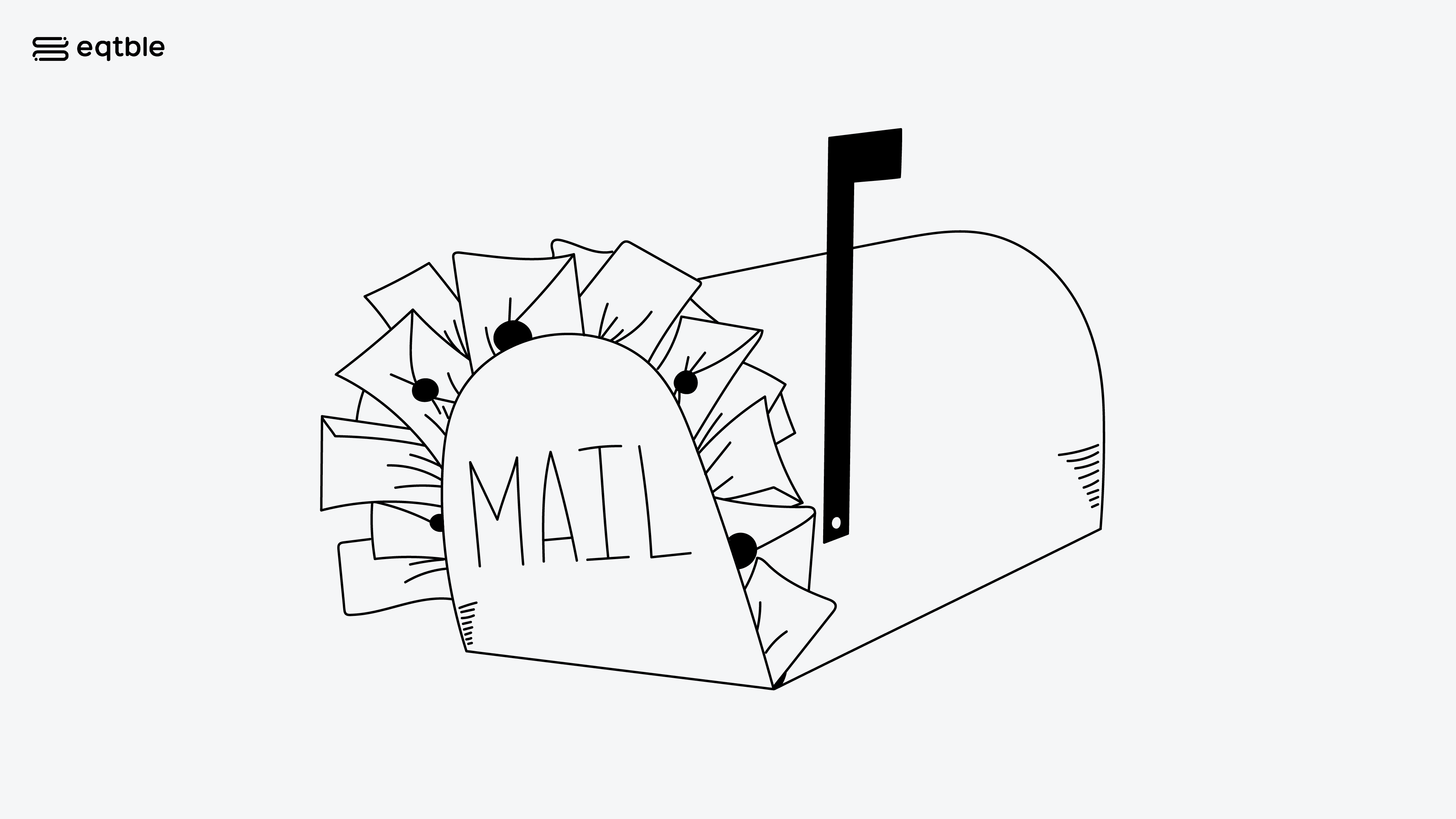
Communication: Bridging the Participation Gap
The success of a survey doesn't just hinge on its content but how it’s communicated and presented to the audience. Ensuring participants understand the purpose, origin, and significance of the survey is crucial. In the age of overflowing inboxes, a survey email can easily be overlooked or misjudged.
Proactive communication strategies, like hosting all-hands meetings explaining the purpose of the survey and in what formats the survey will be disseminated can help alleviate such challenges.
Engagement Beyond the Survey
Surveys are just one piece of the puzzle. For truly effective feedback, the post-survey engagement is equally, if not more, crucial. Organizations should strive for active discussions, sessions, or even simple conversations after the survey's completion. Engaging teams in brainstorming and action-planning not only extracts valuable insights but also reinforces an organization's commitment to genuinely listening to its workforce.
Changing Tides: The Ever-Evolving Nature of Surveys
Roxanne M. Laczo, PhD: " The content of surveys should be reevaluated every single time when you're conducting a big survey. Because here's the reality — Priorities and organizations change. And what you're asking on the survey should to some degree reflect what those priorities are "
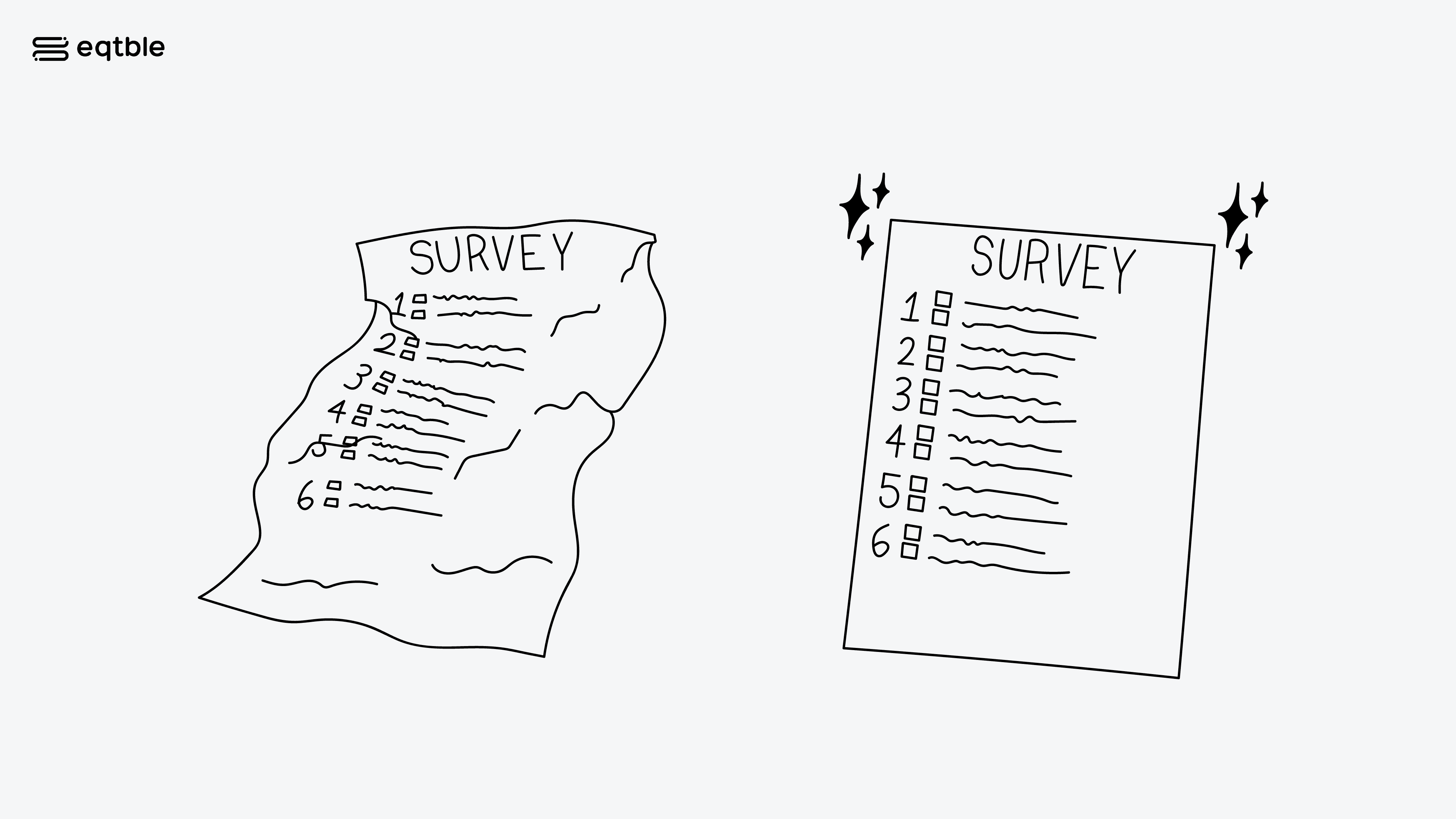
Why Surveys Should Evolve?
Organizations aren't static. Their goals, priorities, and concerns shift with time, and for employee surveys to remain relevant and useful, they too need to evolve. Keeping survey content in tune with organizational priorities ensures that the feedback is both relevant and actionable.
The narrative provides a vivid picture: from tech companies' hiring sprees post-pandemic to shifting priorities within a single year. As the focal points change - be it a hiring strategy or pivoting to essential roles - surveys should mirror these shifts. Companies that neglect to reflect internal transitions in their feedback tools risk gathering outdated or irrelevant data.
Leadership Transitions and Their Impact
A leadership transition can significantly redefine an organization's focus. Different CEOs and boards have different priorities, from ethics and compliance to ensuring employee safety. To maintain the effectiveness of employee feedback, survey questions should be adjusted to account for such pivotal shifts. By doing so, companies not only stay updated with employee sentiments but also ensure that the feedback ties back to the organization's evolving goals.
Evaluating Survey Content: A Continuous Process
Roxanne M. Laczo, PhD: " You should be working with either your survey vendor, I/O psychologist, or whoever is relevant to examine the data. Ask yourself, 'Is this question providing us value?' If you consistently get the same score for a question over time with little standard deviation or variability, why continue to ask it? You already know where people stand. "
Each survey provides an opportunity to assess its efficacy. If questions consistently yield similar results with little variation, it might be time to reconsider their inclusion in future surveys. The example of the often included "satisfaction with pay" question serves as a potent reminder.
Unless organizations are prepared to act on such feedback, posing such questions may create more dissatisfaction and distrust than insights. As eloquently stated by Roxanne, "If you're not asking a question that you're willing and able to take action on, you shouldn't be asking the question at all."
Concluding Thoughts: Building Trust Through Feedback
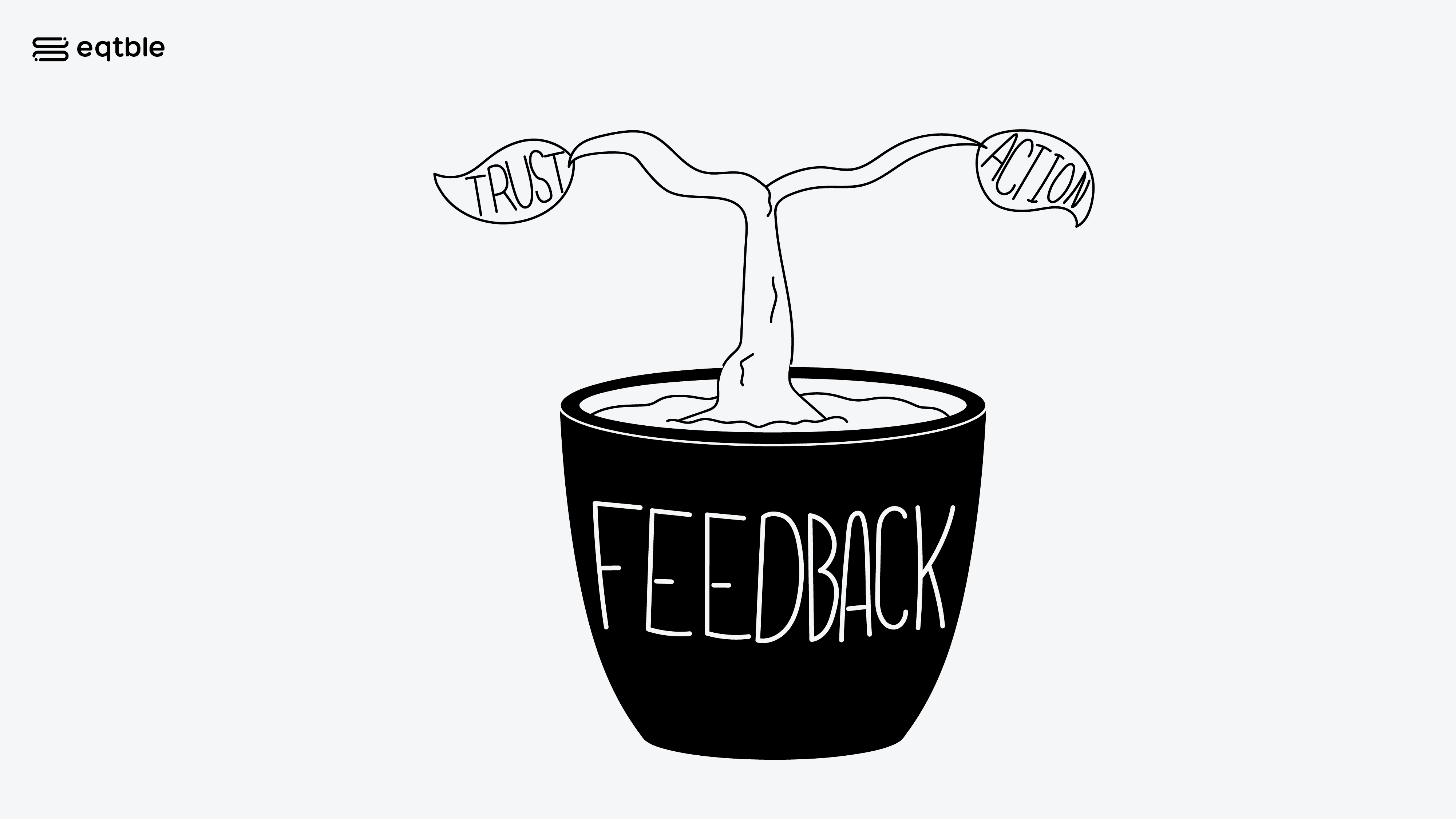
The conversation surrounding the choice between anonymous and confidential surveys often overshadows the core concerns driving these discussions. For many employees, it's not about the method of feedback collection, but rather the deeper fears and aspirations they harbor. An underlying anxiety persists – will their feedback be genuinely valued, or could it potentially invite unintended consequences?
Companies that wish to foster trust must recognize and address these foundational concerns head-on. It's one thing to gather feedback; it's an entirely different challenge to translate that feedback into tangible change.
We're grateful to Roxanne for sharing her wealth of knowledge on designing impactful employee surveys. The insights she provided illuminate the nuances involved in balancing candidness and context. Please feel free to connect with Roxanne on LinkedIn to further explore maximizing survey effectiveness.
Always remember that the real litmus test is not in the type of survey chosen, but in the action or inaction that follows the collection of feedback. True organizational evolution is achieved when feedback systems, regardless of their format, are embraced as catalysts for change and growth.







